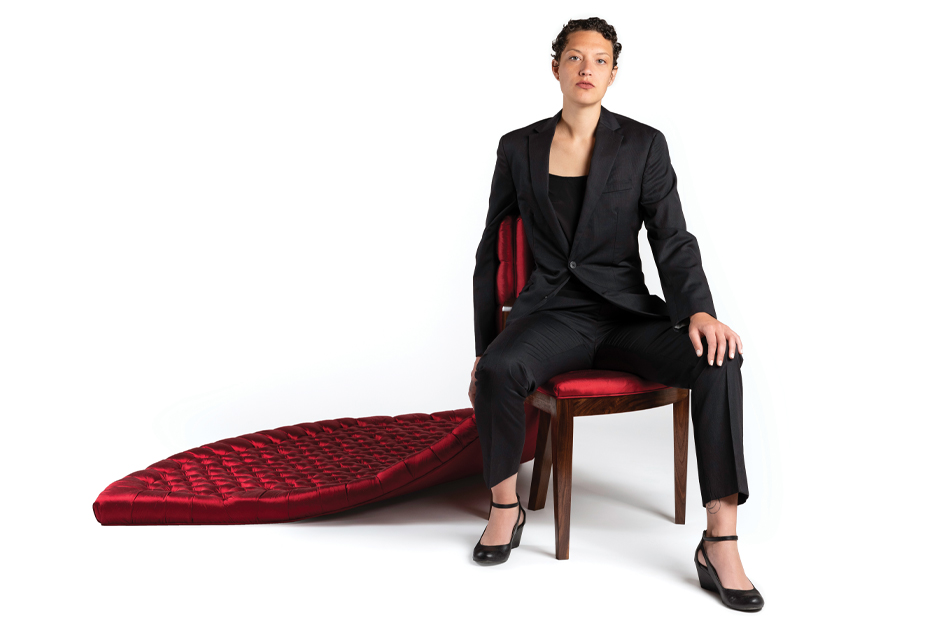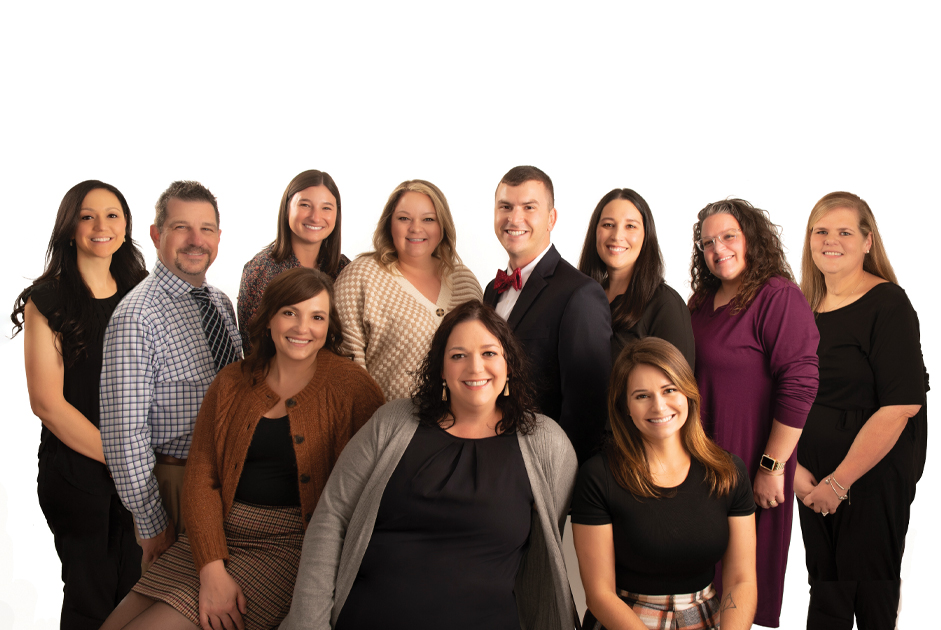I have seen him once, in profile, from the corner of my eye passing from the living room into the kitchen, a dapper middle-aged man in 1940s clothing. He is attired in a collared shirt, patterned knit vest, double-pleated gabardine trousers and dark-colored loafers. A fedora, the most popular hat in that decade, is atop his head. Startled, I jump up from my seat at the kitchen table as he suddenly vanishes in front of my eyes. My heart is pounding because I’m a largely rational creature and this ghostly appearance cannot be squared with reality. I’ve read in paranormal literature that a ghost sighting is often referred to as an example of “ontological shock” – something that cannot happen but DOES. And, it has.
It makes perfect sense to me, however – the whispers I have heard, lights and water faucets turning on and off, things in the house moving or falling, the shadows I have intermittently seen passing through walls, freezing cold spots in the house even when the central heat is set at 74 degrees, the voice on the internet screaming “you’ve got mail!” at 3:00 a.m. – though I know for a fact that I shut the computer down many hours before. This is the unadorned truth: a ghost – defined as a dead person who interacts with the living world – lives in my home, and while people may scoff at the veracity of that statement, if you lived here with me, confronted with the occurrences of that unlikely reality, you would soon be a believer, too. For the moment, we are both obdurate. Neither of us is leaving. There is what I might characterize as an uneasy peace, a bilateral acceptance of the fact that we share an earthly environment, infused with indisputable supernatural overtones – for a certainty not everyone’s cup of tea.
It seems that I am in good company in my belief that my roommate-apparition exists. According to a survey conducted by the Pew Research Center in Washington, D.C., almost one in five people said they have seen or been in the presence of a ghost. If that is correct, that equates to more than 50 million spirit encounters in the U.S. alone. Chapman University in Orange, California runs a yearly survey that asks people about their beliefs in the paranormal – in 2018, 58% of those polled agreed with the statement “places can be haunted.” A 2019 Ipsos poll found that 46% of Americans say they truly believe in ghosts. The idea that the dead remain with us in spirit is indeed an ancient one in virtually all cultures and civilizations, appearing in countless stories from the Bible to Shakespeare’s tragedy, “Macbeth.” The belief apparently offers many people comfort – that deceased family members, for example, are with us in our times of need. Ghosts fascinate us – mysterious, inexplicable, extraordinary, eerie – they challenge the very foundations of how we make our world intelligible and meaningful. Never before have people sought to record so many ghost encounters – thanks in part to mobile phone cameras, microphones, electromagnetic field detectors and other devices that ghost hunters typically use to capture sounds, electrical fields and infrared radiation. On television ghost shows currently enjoy an unparalleled popularity. Even if we are not thoroughly convinced of the existence of spectres, we are clearly curious about whether they are truth or fiction.
Skeptics keep the debate going though. They argue that, if ghosts are real, their existence will be discovered and verified by scientists through controlled experiments. They posit that reports of ghosts can be explained by psychology, misperceptions, mistakes and hoaxes. According to an article in “Science News Explores” dated 10/31/2019, “scientists using reliable research methods have found zero evidence that ghosts exist. What scientists HAVE discovered though, are lots of reasons why people might feel they have had ghostly encounters. The author points to various possibilities that can explain the existence of a ghost – such as experiencing a hallucination or having an incident of pareidolia – a tendency for the human brain to find patterns amongst ambiguous stimuli – like seeing faces or figures in a cloud. Effectively, the brain finds meaning in meaningless things and makes them sensical. Sociologist Barry Markovsky at the University of South Carolina has forcefully argued in a October 25, 2023 post on the school’s website that anecdotes cannot substitute for objective research – that alleged hauntings have plenty of non-ghostly explanations.
Still, the ghost stories remain with us. Their currency continues. Prime Minister Winston Churchill and First Lady Grace Coolidge swore up and down that they saw Abraham Lincoln in the Yellow Oval Room. George Washington is said to regularly visit the historic chamber at Mount Vernon where he died in 1799. The ghost of Former Governor Daniel Fowle allegedly has taken up quarters in the Governor’s mansion in Raleigh and likes to push his former bed forcefully against the wall in the evening. As I’m writing this, the light suddenly flickers in the den and, once again, my volume of Black’s Law Dictionary has fallen from its shelf and lies, open, in the middle of the floor. As a former law school graduate, I cannot bear that abomination which has happened on numerous occasions. I walk into the room and say out loud “please leave the law books alone. And, don’t disturb my son and I and the sanctity of my place.” When you live with things that go bump in the night, you have to give – even them – a modicum of respect. Playing it safe, I don’t want to offend anyone or anything. For the rest of the evening, there are no more events. At least for now.






















